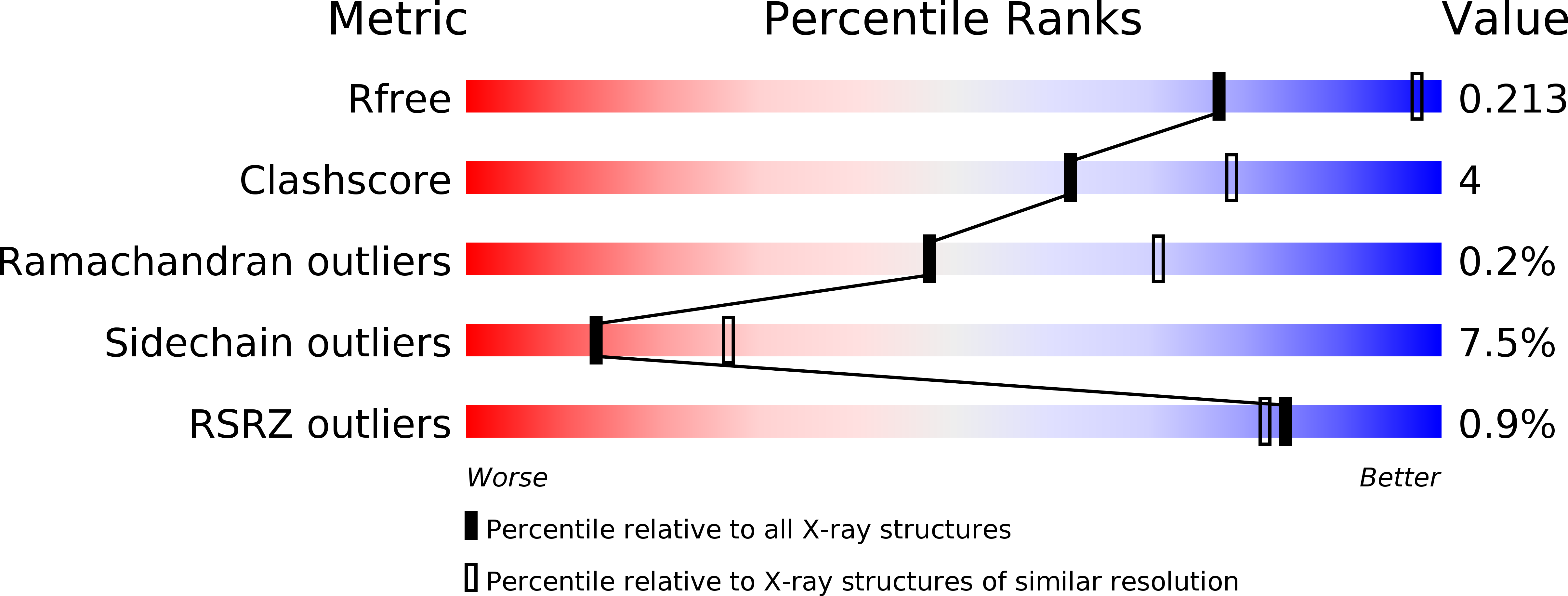
Deposition Date
2011-10-13
Release Date
2012-07-04
Last Version Date
2023-09-13
Entry Detail
Biological Source:
Source Organism:
Lactococcus phage TP901-1 (Taxon ID: 35345)
Host Organism:
Method Details:
Experimental Method:
Resolution:
2.60 Å
R-Value Free:
0.20
R-Value Work:
0.17
R-Value Observed:
0.18
Space Group:
P 1 21 1


